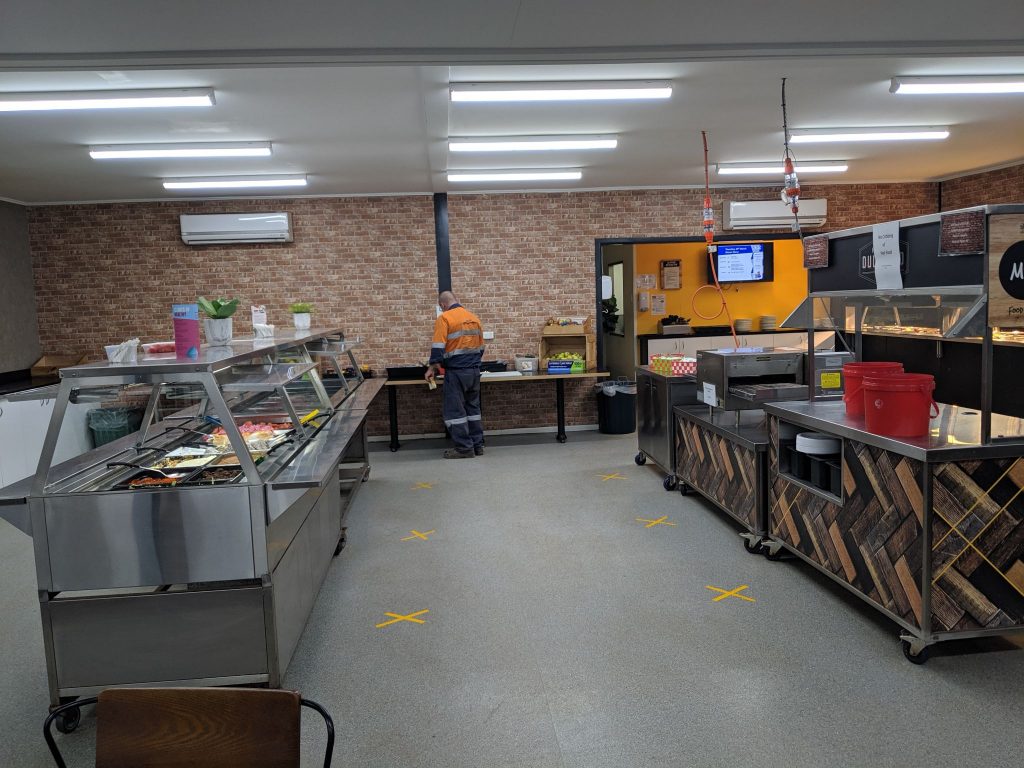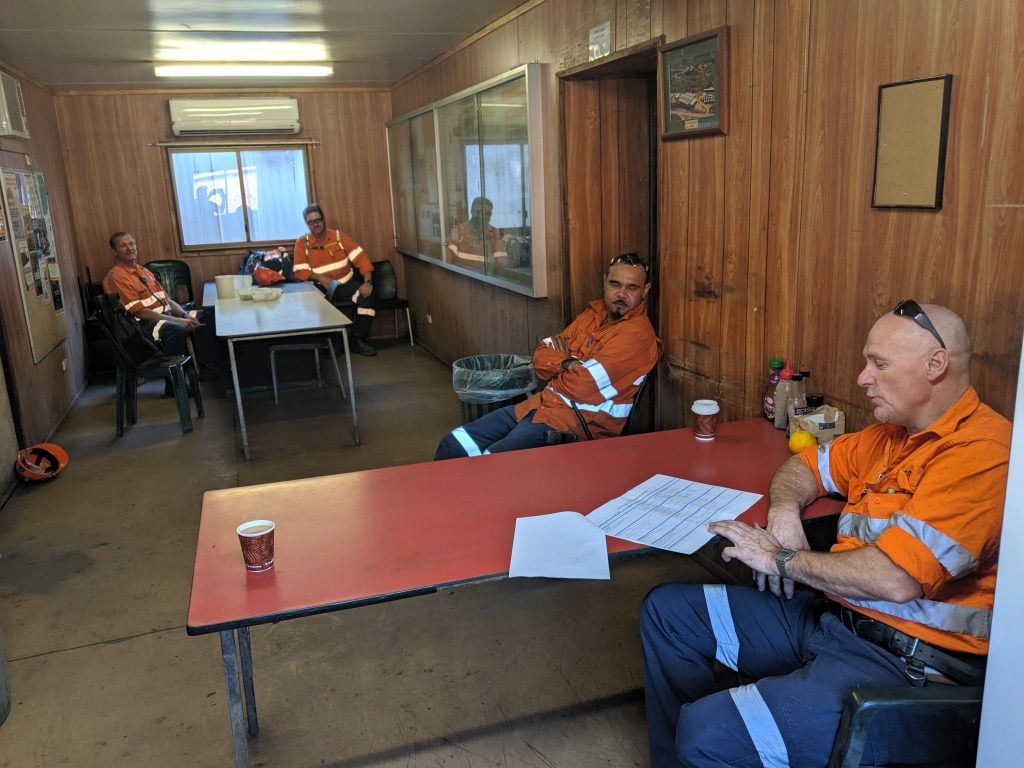Q&A: maintaining best practice during the COVID-19 pandemic
Jo Mackenzie, General Manager of Operations and Maintenance at Ausenco, sat down with the AusIMM Bulletin to discuss how she and her team have responded to the changes in work practices in response to the COVID-19 pandemic.
 As a process engineer with more than 20 years’ experience, you are used to working under pressure and dealing with the unexpected. How have you been able to put your problem-solving skills into action when responding to COVID-19, and ensuring the health and safety of your workforce?
As a process engineer with more than 20 years’ experience, you are used to working under pressure and dealing with the unexpected. How have you been able to put your problem-solving skills into action when responding to COVID-19, and ensuring the health and safety of your workforce?
The overall strategic plan was developed on a whole of business level, with the challenge for my team to implement these requirements on a site or project basis.
For example, a seemingly simple corporate requirement of ‘social distancing’ requires a range of site strategies that are worked through with the team. On a site level, social distancing resulted in changes to pre-starts, messing arrangements, after work activities, crew transport among other initiatives.

So, in direct answer to the question, the whole COVID-19 event to date has just been another challenge to work through utilising my own entire team’s combined skillsets and management processes.
What has been the biggest change to everyday practice that you and your team have implemented?
As mentioned, the biggest changes for us on site have been around social distancing. At our Capricorn Copper Project, for example, we have worked with the Capricorn Copper Management team and other site contractors to ensure we are all aligned in our approach. As we have fly in, fly out (FIFO) teams with a camp, the site teams have implemented staggered mealtimes, extra buses for commuting around site and other restrictions to their daily activities within the camp.
Additionally, there have been changes to pre-start meetings and toolbox talks which are now held outdoors to allow social distancing. We have been also minimising large group meetings in conference rooms and limited numbers of people together in light vehicles.

With current travel restrictions, site support has been performed on a remote basis via various networking options.
Those team members who can work from home have been encouraged to do so. They have secure remote access into both Ausenco and our client’s systems to allow them to maintain productivity and support the sites throughout the period.
Although the health and safety of people is the number one priority, you also have the responsibility of ensuring operational continuity. How have you been able to maintain performance while also adapting to a new way of working?
The site KPIs do not change despite the new challenges; therefore, the overall focus of safety and on-budget production performance remains the same. However, it is a credit to our site-based teams that they have adapted very quickly to the short- and medium-term plans to overcome the disruptions to things such as supply of goods and availability of subcontractor labour. Flexibility has been the key to our successful operations so far during this pandemic.
Ausenco prides itself on its collaborative team culture. Have you seen this come to the fore during this challenging time?
The key to this is the effort put into allowing role autonomy and accountability to continue, regardless of the challenge. With this situation, the governments and business set broad guidelines, but it has been up to the site teams to manage the implementation of the changes. The teams know best how to implement the guidelines and have been well supported as required from the larger Ausenco network in areas such as human resources; IT; health, safety, environment and community (HSEC); and travel.
Throughout the Ausenco group globally we have developed a number of ways to progress projects and provide remote operational support to clients. Teams have conducted virtual site visits, conducted design reviews using web-based collaboration software and provided operational reviews and assessments remotely. We have been able to maintain great levels of support from our offsite personnel without having them travel to sites through ingenious use of technology.
Have you and your team discovered new ways of working that you think will persist beyond the current COVID-19 pandemic?
We have definitely improved our communication protocols between site and the head office. With the head office team all working from home, our use of video conferencing and document sharing technologies has greatly improved.
The increased emphasis on personal hygiene will most likely continue in addition to the discipline of standard cold and flu responses.